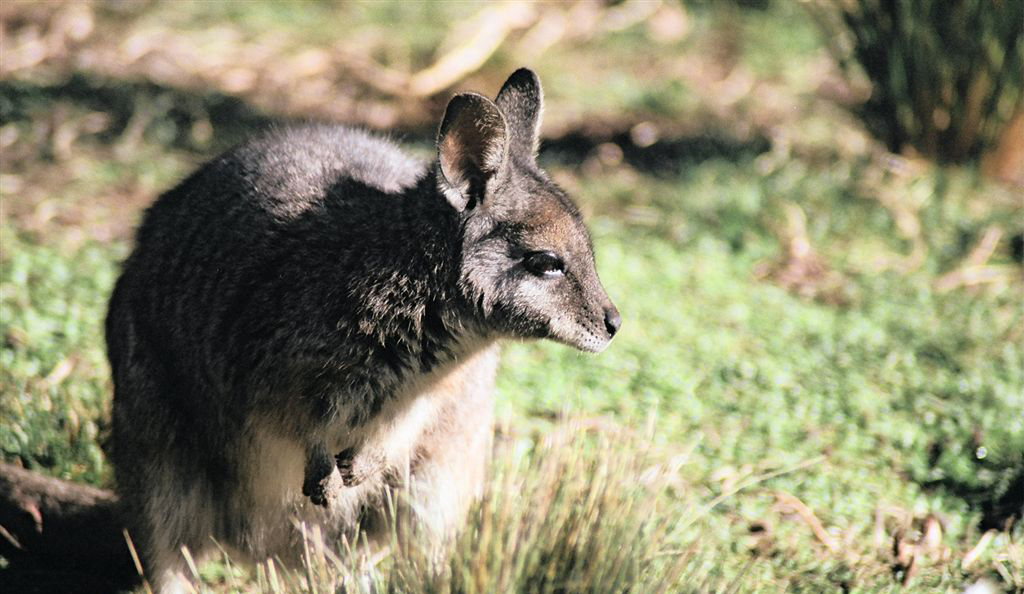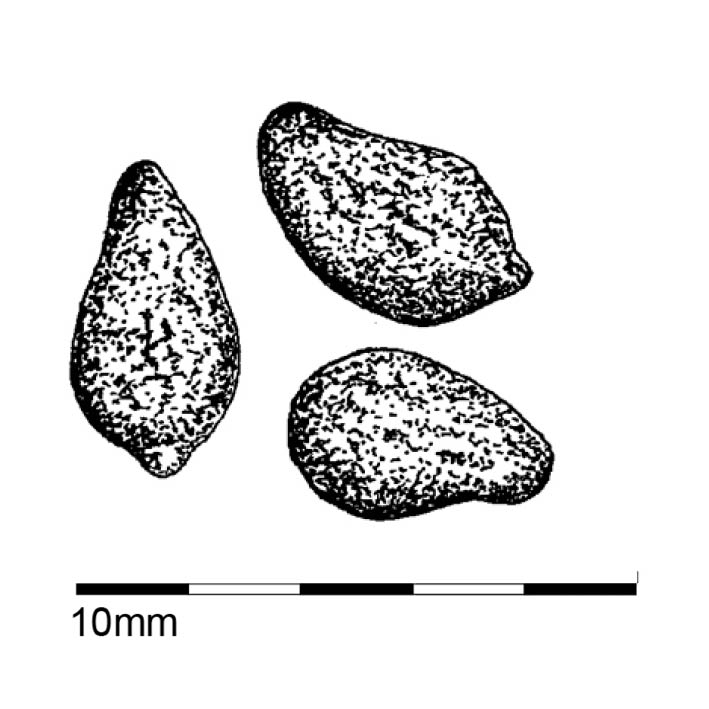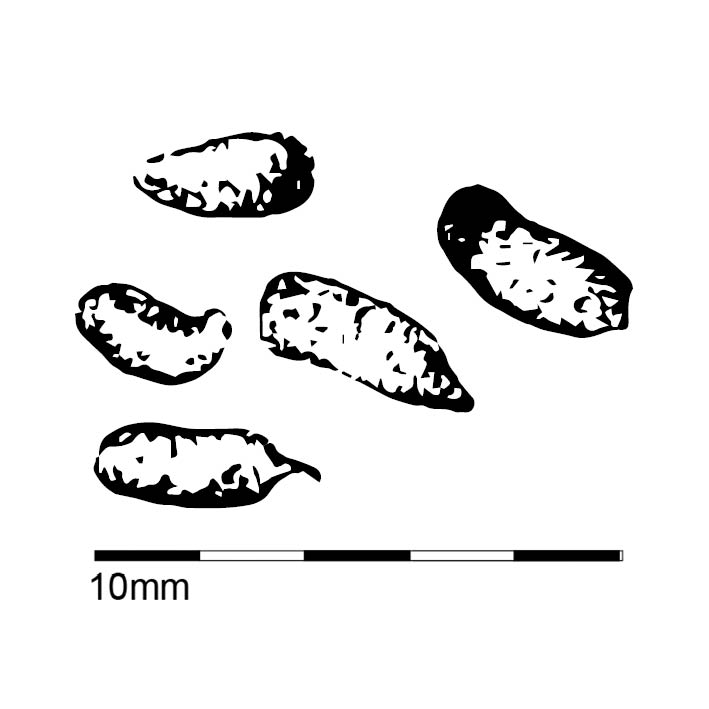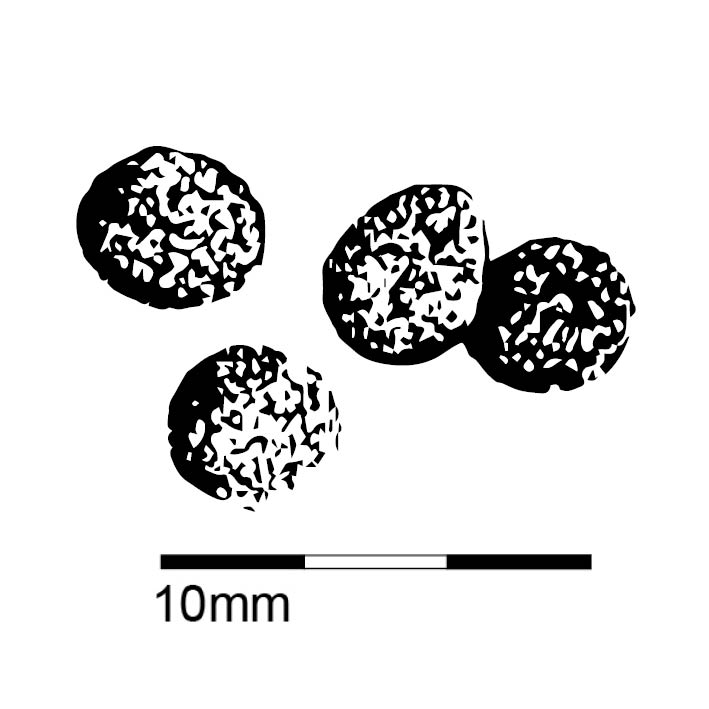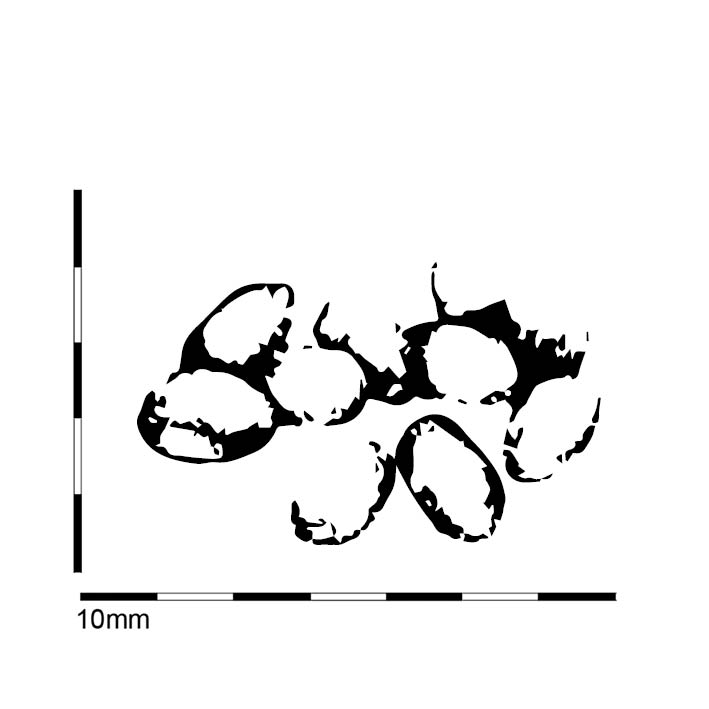| Management programme |
| Exclusion (Bennett’s wallaby, brush-tailed wallaby, parma wallaby and swamp wallaby) Progressive containment (dama wallaby) |
| Objective |
| Reverse the spread of dama wallaby and exclude all other wallaby species in New Zealand from the Waikato region. |
| Impacts |
| Economic, biodiversity, soil resources, water quantity/quality, human health, social and cultural wellbeing |
National wallaby management
The Tipu Mātoro National Wallaby Eradication Programme began in July 2020.
It is a partnership of central and local government, agencies, mana whenua, farmers, foresters, conservationists, researchers and communities, all working together to protect farms, forests and our whenua from wallabies.
Waikato Regional Council is working with iwi, Bay of Plenty Regional Council, the Department of Conservation, Land Information NZ and Biosecurity New Zealand to control wallabies as part of the programme.
This work focuses on the surveillance and control of outlying populations of wallabies in the greater Rotorua area, which includes the Waikato region. The aim is to progressively contain and eventually eradicate wallabies found in the Bay of Plenty and Waikato.
Dama wallabies are currently in a small area of New Zealand. They were introduced to Kawau Island by Governor Sir George Grey in 1870, with some then being released near Lake Ōkāreka in 1912. Dama wallabies have become well established in the Bay of Plenty between Lake Rotorua and Kawerau and were first recorded in the Waikato region in the 1950s.
From a Waikato perspective, wallabies have continued to push their way into the region from the Bay at an estimated rate of 0.8 kilometres per year. If left unchecked, it is conservatively estimated that one third of the North Island will be subjected to the impacts of the pests in less than 50 years.
Contractors with wallaby indicator dogs and trail cameras will, within the surveillance area, establish presence or absence of dama wallabies. Where identified they will be controlled by the respective council. Data will be collected and mapped by Land Information NZ.
If you see a wallaby, please report it here.
For more information on the Tipu Mātoro National Wallaby Eradication Programme, visit the Ministry for Primary Industries website.
Map of the central North Island, showing the predicted spread of dama wallabies if left unchecked.
Why wallabies are an issue
- Wallabies have a huge appetite for seedlings and shrubs, which prevents the regeneration of native bush.
- Wallabies eat grass, which means they compete with livestock for food. As wallabies are nocturnal and cautious, they can be hard to find.
- Wallabies can destroy the habitats of native birds and lizards.
- Left alone, wallabies could spread across one third of New Zealand over the next 50 years.
- If they are not controlled, they could eventually spread across most of New Zealand.
- If we don’t stop the spread of wallabies, it could cost New Zealanders $84 million a year by 2025 (including in lost farm production and ecosystem services).
Wallaby impact videos (Bay of Plenty Regional Council)
-
Bay Of Plenty Regional Council's Biosecurity Officer, Dale Williams, talks about the impact and spread of wallabies.
Impact and spread
Tangata whenua perspective
Impacts on native forest ecosystems
Impacts on forestry and farming
Dama wallabies
Dama wallabies are the only wallaby species present in the Waikato region.
Dama wallabies browse on native and exotic vegetation. When present in high densities, they can change the pattern of forest succession, or at least alter the local abundance of different species. In this regard, wallabies can have a similar effect to possums.
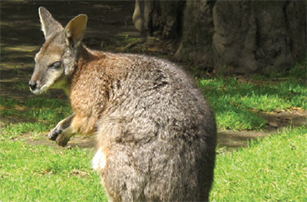
What do they look like?
Dama wallaby
- The dama wallaby stands up to half a metre tall and weighs 5kg to 7kg.
- Its body colour is grey-brown with red shoulders that are more pronounced in males.
- The ears are long and pointed and the long, tapering tail is uniformly grey.
- NOTE: Dama wallaby has limited distribution in the Waikato region, with populations centred in the east near the boundary with the Bay of Plenty region.
Bennett’s wallaby
- Bennett’s wallaby stands up to 60cm tall, females weigh up to 14kg, and males over 20kg.
- Its upper body greyish brown in colour, with reddish-brown on the shoulders.
- Their hind feet and tail are black tipped.
- NOTE: Bennet’s wallaby is currently only present in the South Island.
Brush-tailed wallaby
- Brush-tailed wallaby have a maximum body length of 60cm, females weigh up to 6kg and males around 8kg.
- Long bushy, dark reddish-brown tail, that is bushier towards its tip.
- Long, thick brown body fur, greyer on the shoulders and redder on the rump.
- Fur on its chest and belly are paler, some have a white blaze on their chest.
- Characteristics white cheek stripe, and black strip from its forehead to the back of its head.
- NOTE: Brush-tailed wallaby is currently only present on Kawau Island in the Hauraki Gulf.
Parma wallaby
- Parma wallaby stands between 48cm to 53cm tall, females weigh up to 4.8kg and males to 5.9kg.
- White throat and chest, and a white stripe on its cheeks.
- Grey-brown back and shoulders, with a dark dorsal stripe extending to mid-back.
- NOTE: Parma wallaby is currently only present on Kawau Island in the Hauraki Gulf.
Swamp wallaby
- One of the larger species of wallaby, with an average length of 70cm in females and 76cm in males (excluding the tail).
- The tail of both sexes is about equal to the length of the body.
- Average weight for females is 13kg, with males heavier at about 17kg.
- Coat on the back is dark brown, dark grey to black, light yellow to reddish orange on the belly.
- Usually has yellow stripes on the cheeks, tail tip is often white.
- Gait differs from other wallabies, as it carries its tail low and its head straight out.
- NOTE: Swamp wallaby is currently only present on Kawau Island in the Hauraki Gulf.
Why are they a pest?
Dama wallabies were first liberated in the Rotorua area in 1912, with a further liberation in 1940. Since 1912, their range has steadily extended, mainly north and east, by an average rate of about 19km per year. By 2000 they occupied 1697km2.
Dama wallabies are the only wallaby species present in the Waikato region. However, there are other wallaby species present in New Zealand, which could spread if deliberately released into the Waikato. The Waikato’s dama wallaby populations occur south of the Paeroa Range to the Waikato River and throughout the Mamaku Plateau. The expansion of their range is probably occurring through both natural and human means.
Dama wallabies browse on native and exotic vegetation. When present in high densities, they can change the pattern of forest succession, or at least alter the local abundance of different species. In this regard, wallabies can have a similar effect to possums.
Dama wallabies prefer the margins of forest and scrub habitats where they can shelter during the day and feed on grasses and pasture species at night. They inhabit predominantly podocarp/broadleaved forest with adjoining areas of manuka scrub, bracken and pasture.
Checking for signs of wallabies
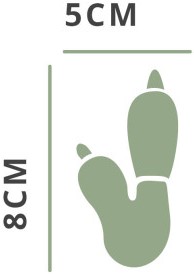
Indications of wallaby grazing or browsing are similar to that of other pests such as rabbits and possums. The most obvious sign is their almost square and flattened faecal pellets. Their long, narrow hind feet and dragging tail can leave a characteristic track in areas of sand and soft soil.
Dama wallaby tend to frequent favourite feeding areas. By doing this they create pad runs that are easily identifiable as narrow, well-formed tracks leading to pastureland or clearings in the bush.
More information and advice
- If you see a wallaby, report it using the Report Wallabies NZ form or call our animal pest staff on freephone 0800 800 401.
- For advice and additional information on wallabies, call our animal pest staff on freephone 0800 800 401.
- Pest Detective - Information on animal pests

